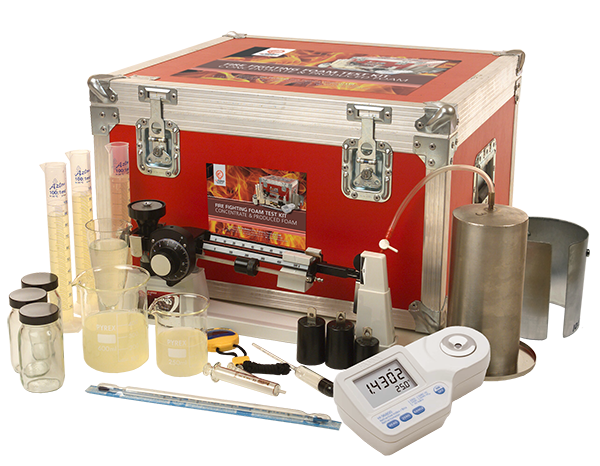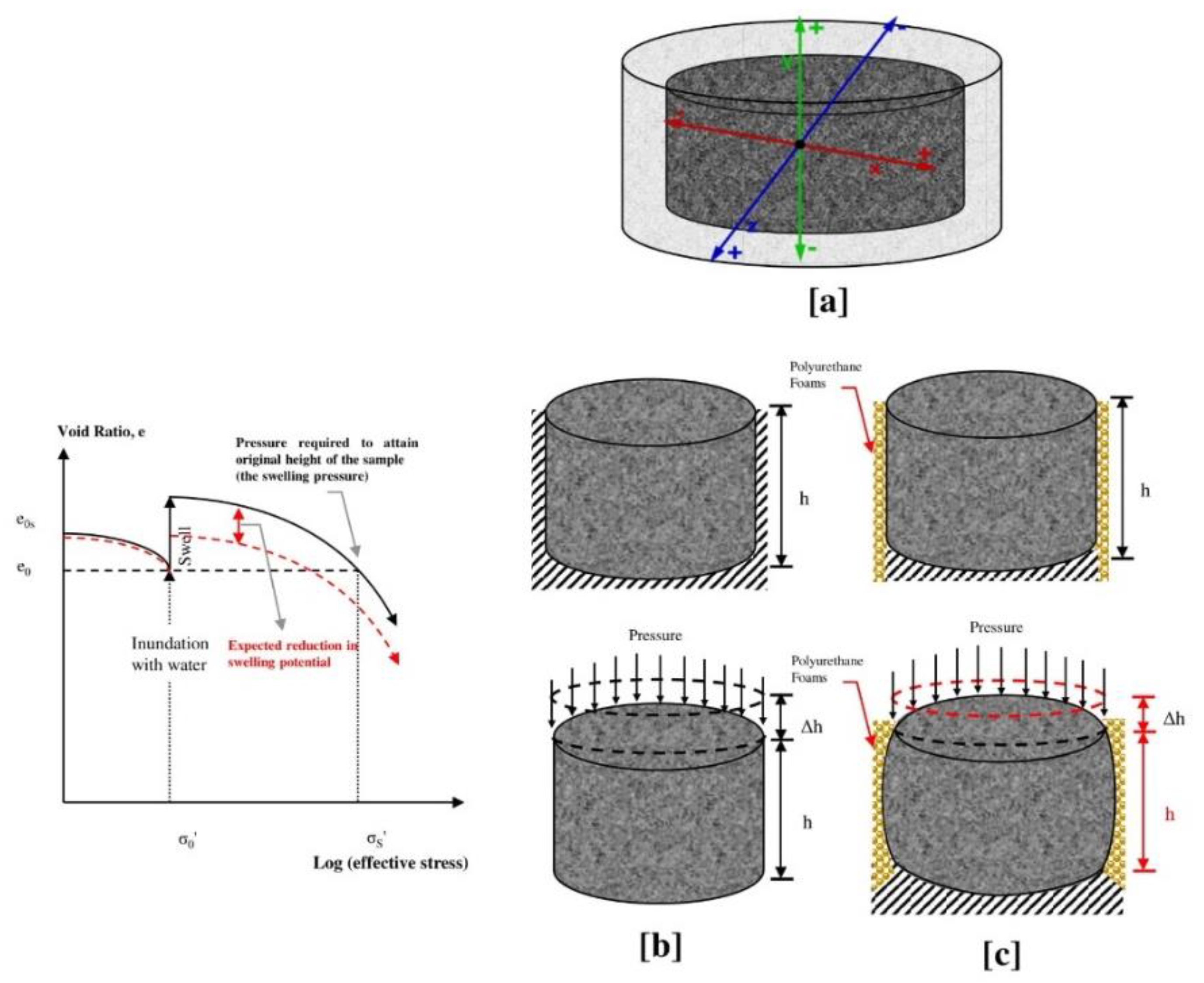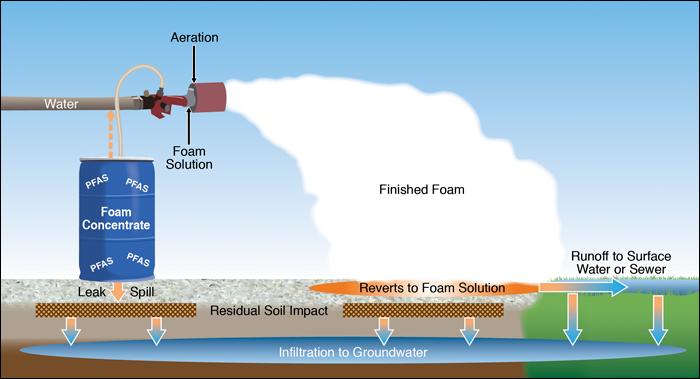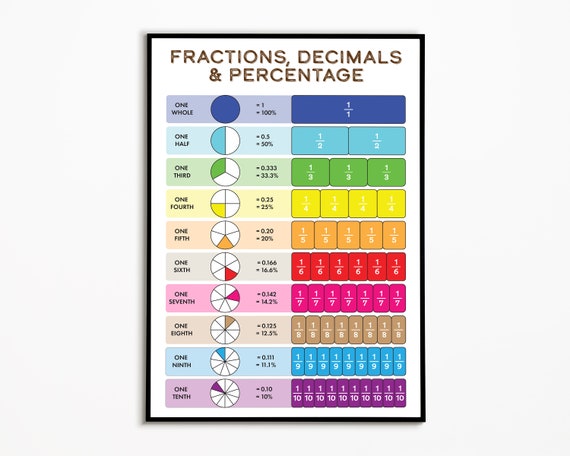class a foam percentages
When proportioned with water Class A concentrates reduce. Class A on the other hand is generally applied at ratios between 03 percent for overhaul operations wet foam and one percent for exposure protection dry foam with 05.
Foampro Class A And Or B Foam 2024 Series
Class B foam is used on flammable liquids.

. Clings to vertical surfaces and. Compare those percentages to most Class A and B foam and you will find why we are the best value. Foam options for fighting Class A fires include SILV.
The unique combination of surfactants in PHOS-CHEK WD881. It is typically meant for end-users who want to use Class A foam. Even if the last.
Learn more about the Husky 3 Foam System in this. Class A Foam Benefits. It can use Class B foam but only at lower percentages.
The purpose of Class A concentrate is to. Absorbs maximum BTUs due to its large surface area. Reflects radiant heat and is highly visible.
This is a biodegradable mixture of foaming and wetting agents. Costs of equipment Departments reported equipment. Todd Bane outlines the best uses of Class B foam while Anthony Tricarico addresses Class A foam and wetting agents.
Typical percentage ranges for using Class. Class B foam is used at one three or six percent describing the percentage of foam concentrate in the foam solution. Effective compressed-air foam for fire attack can be created through a 1 ¾ line using a smooth-bore nozzle with a 1516 tip flowing 90100 gpm and 4045 cfm at 100 psi.
CHEMGUARD Class A foam concentrates combine foaming and wetting agents for use in a variety of firefighting applications. Some of the reasons for the firefighter aversion to using Class B foam may be from a lack of experience with it both in training and in. Environmentally responsible KnockDown a Class A foam concentrate is a unique formulation providing unmatched.
Advantages of Class A Foam Increase the effectiveness of water Extend the useful life of water Provide short-term fire. The proper percentage depends on the fuel burning and most importantly the manufacturers recommendations. With regular AFFF foam it can be metered at 1.
While Class B foam is generally more expensive than Class A using several gallons for education and training is money well spent for municipal departments. Class A foam first. Class a foam percentages Tuesday May 3 2022 Edit.
Class A foam concentrate was developed in 1984 in order to more efficiently fight Class A fires. CLASS A FOAM CONCENTRATE. In reality Class B foam applications are fairly simple.
PHOS-CHEK WD881 Class A Foam concentrate is specially formulated to make water more effective for firefighting. A product that relies primarily on the water it contains for firefighting. Class A foam is used on common combustibles such as paper wood and textiles.
Class B foam is used at one three or six percent. Insulates fuels and excludes oxygen. It should not be used on fires involving ethanol-gasoline blends containing more than 10 percent ethanol.
National Foams Class A Foams are also wetting agents. When mixed in correct proportions with water it can change two properties of the. In addition foams make water five times more effective on Class A fires and cling to vertical surfaces providing structure protection.
3 to fight a common gasoline or diesel fire at.

Use Of Foam On Class A Fire Bioex

Use Of Foam On Class A Fire Bioex
What Is The Water Foam Ratio In A 9 Liter Foam Extinguisher Quora

Through The Pump Foam Eductor And Mixer Fire247

Foam Concentrate Test Kit Oil Technics Fire Fighting Foam

Polymers Free Full Text A Novel Application Of The Hydrophobic Polyurethane Foam Expansive Soil Stabilization Html

Pumping Apparatus Driver Operator Ppt Download

Classification Of Foam Concrete Based On Percentage Spread Download Table
Foampro Class A Foam 1600 Series

Preventing Foam Operation Failures Part 2 Fire Apparatus Fire Trucks Fire Engines Emergency Vehicles And Firefighting Equipment

3 Firefighting Foams Pfas Per And Polyfluoroalkyl Substances

Fraction Decimal Percentage Poster Fraction Chart Etsy

Percent Composition Of Constructed Syntactic Foam Mixtures All Download Scientific Diagram





